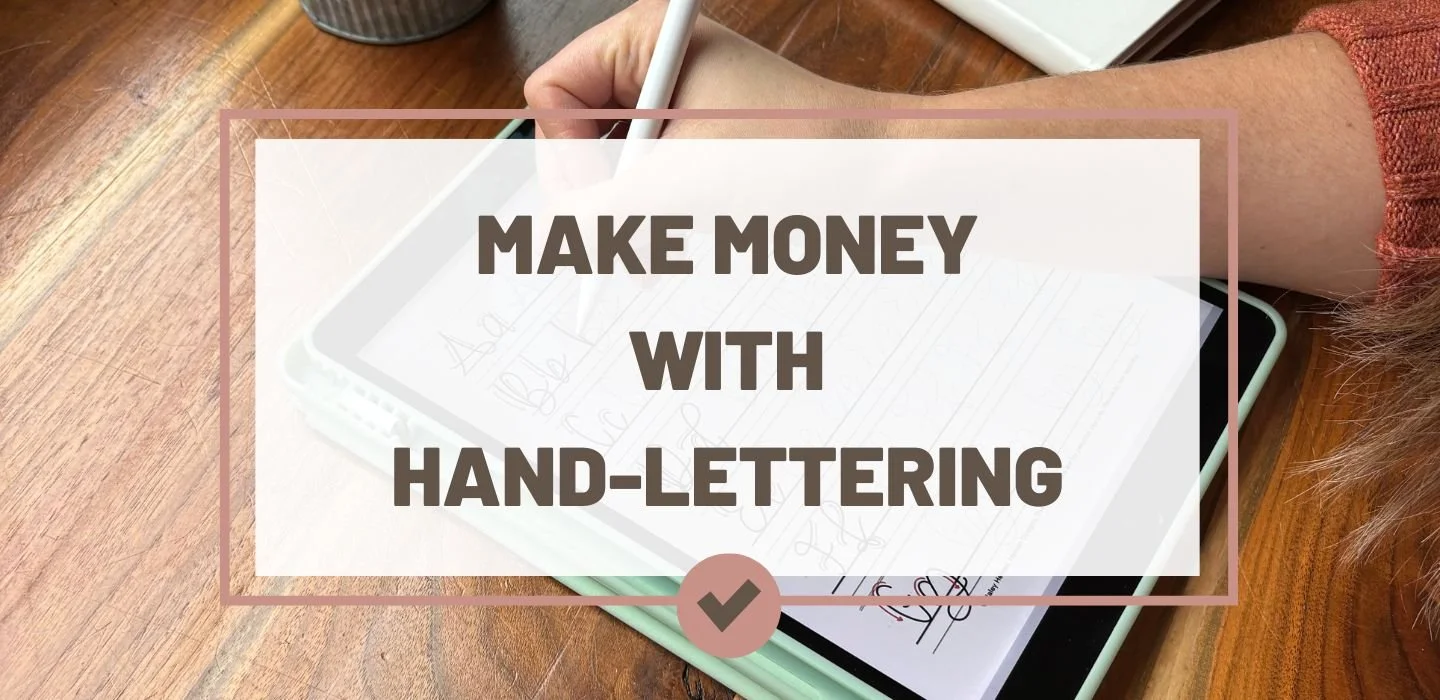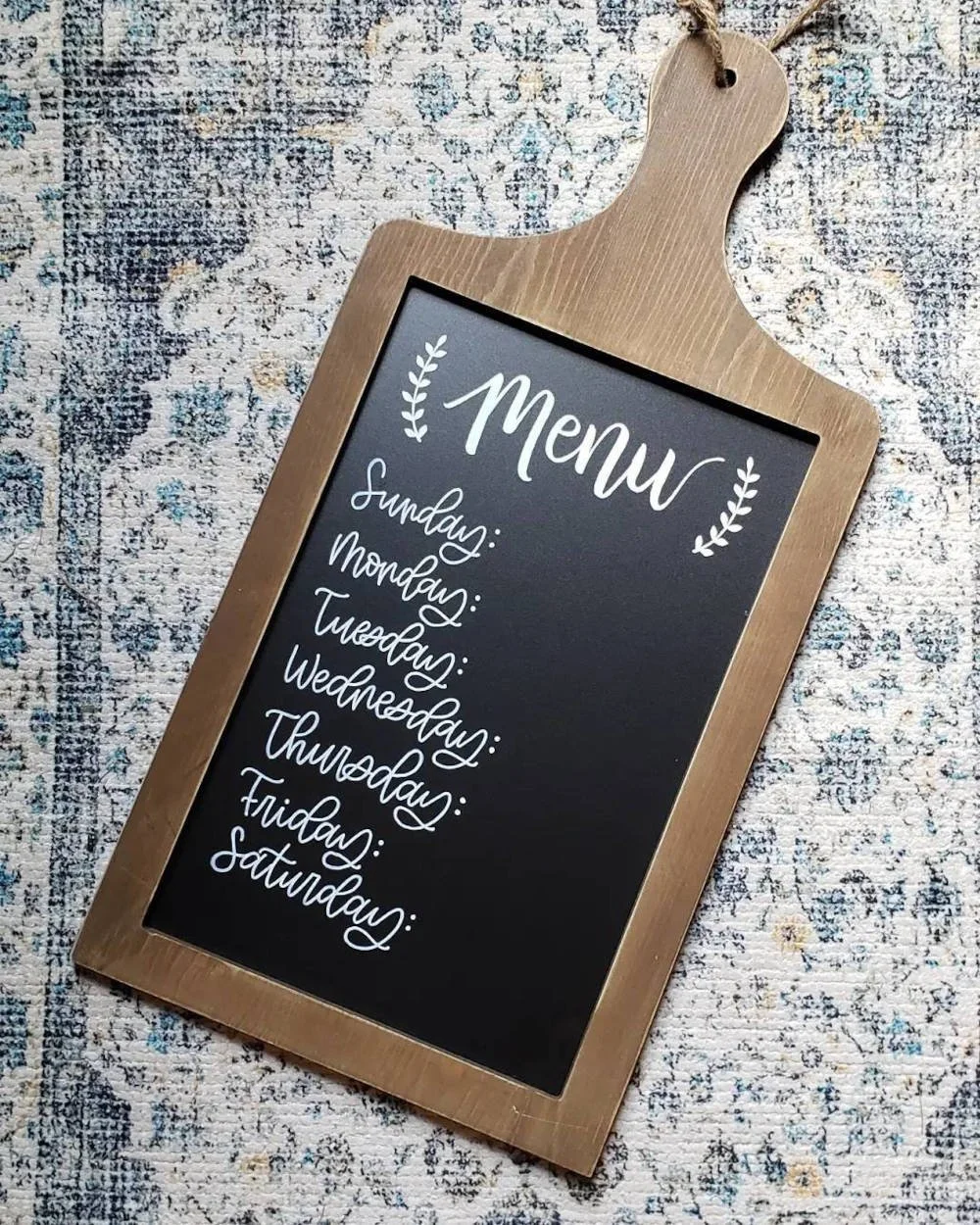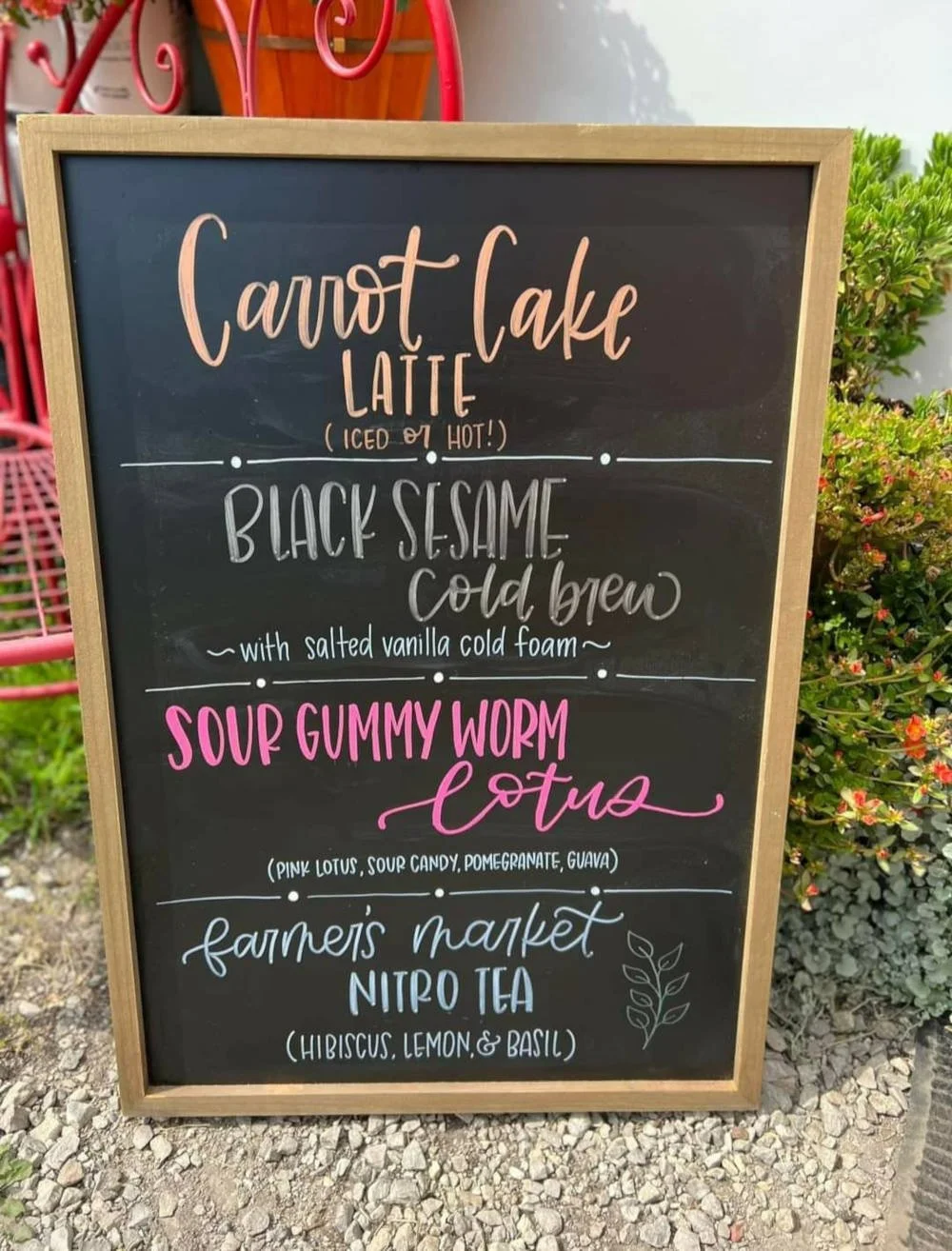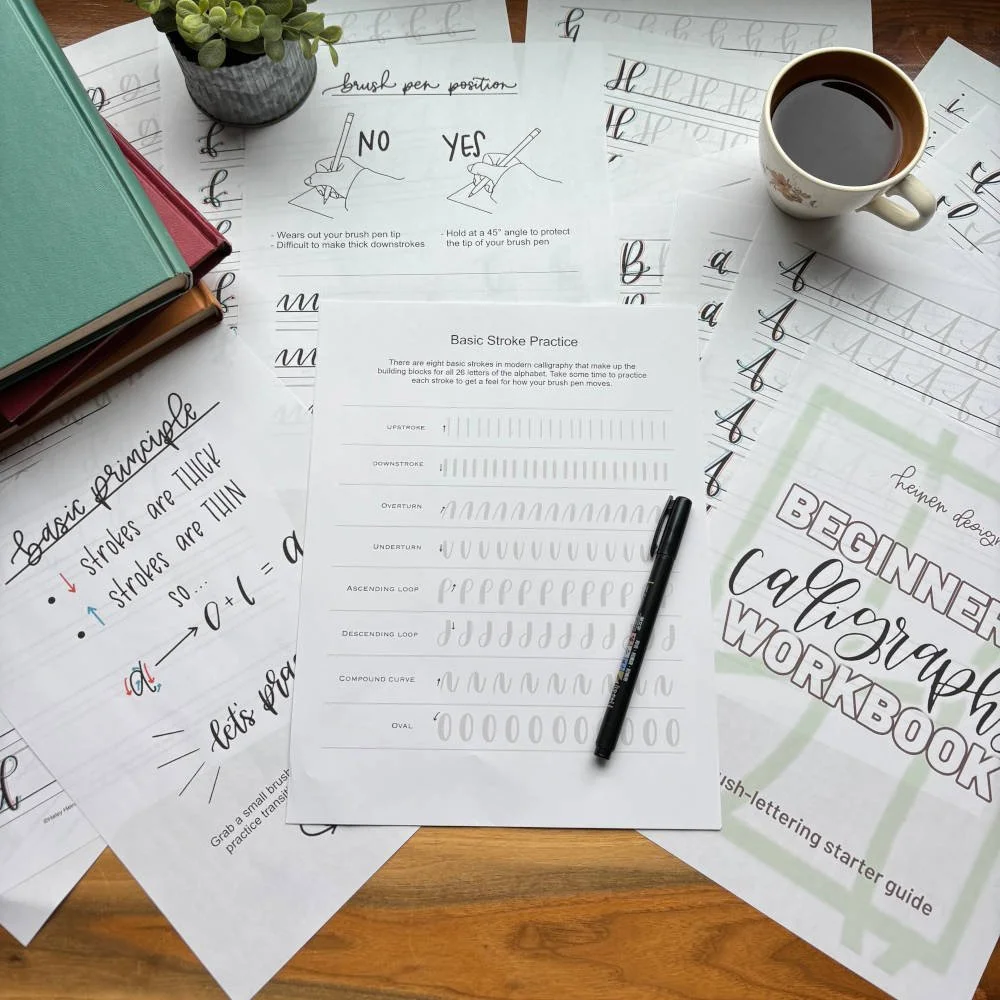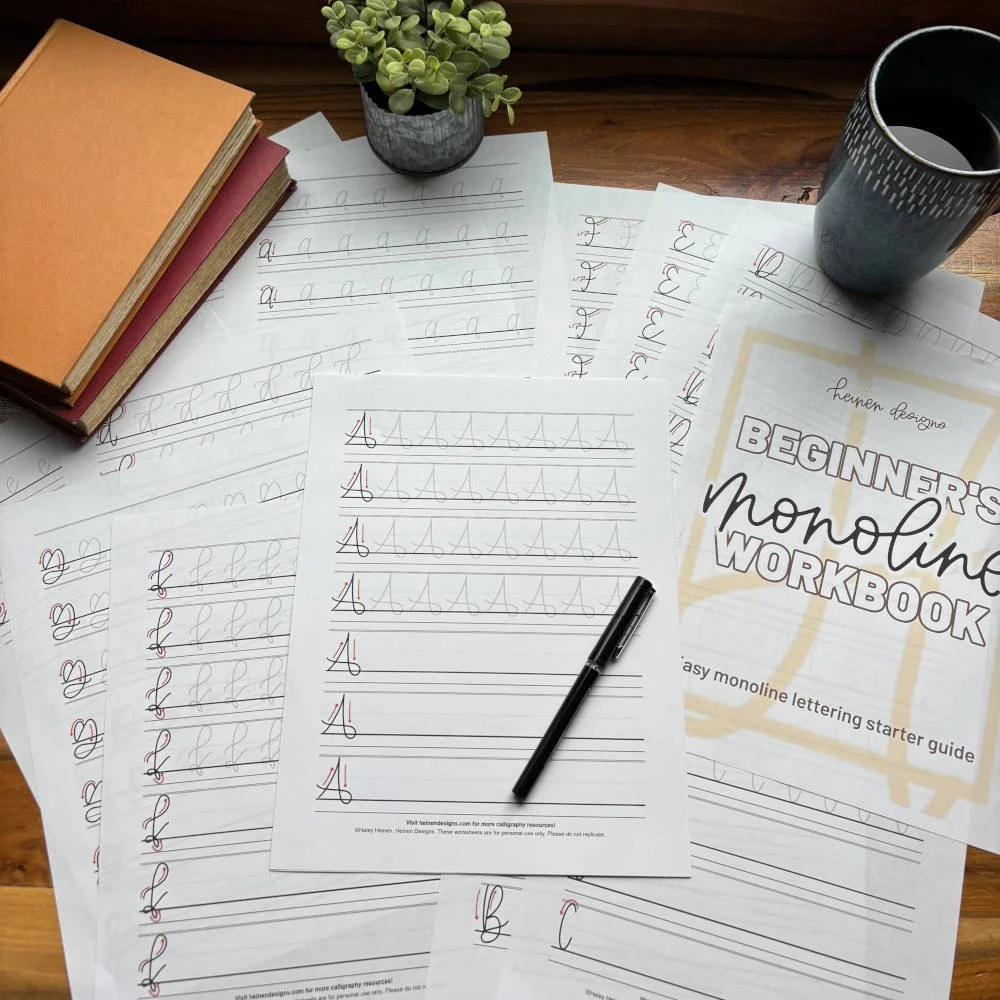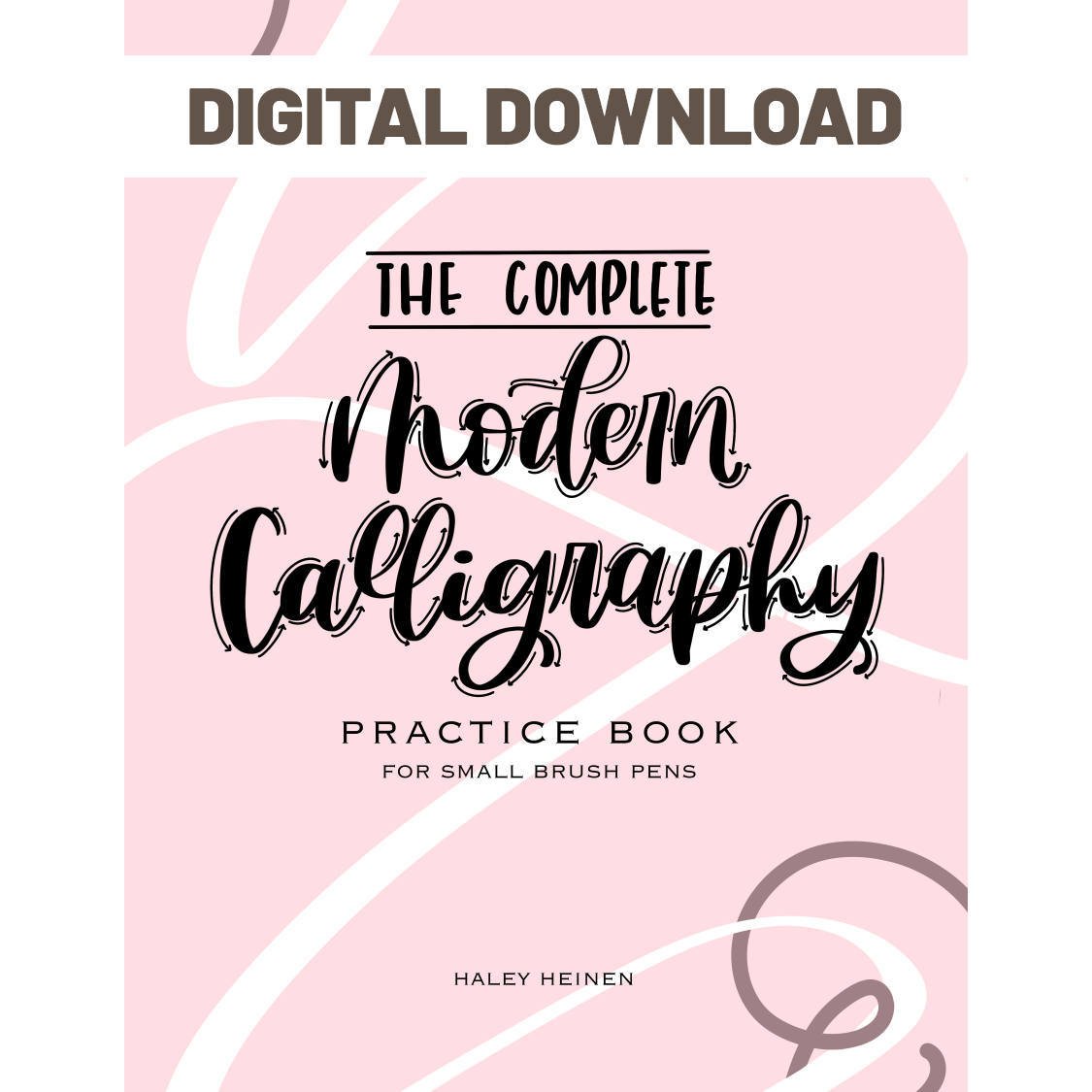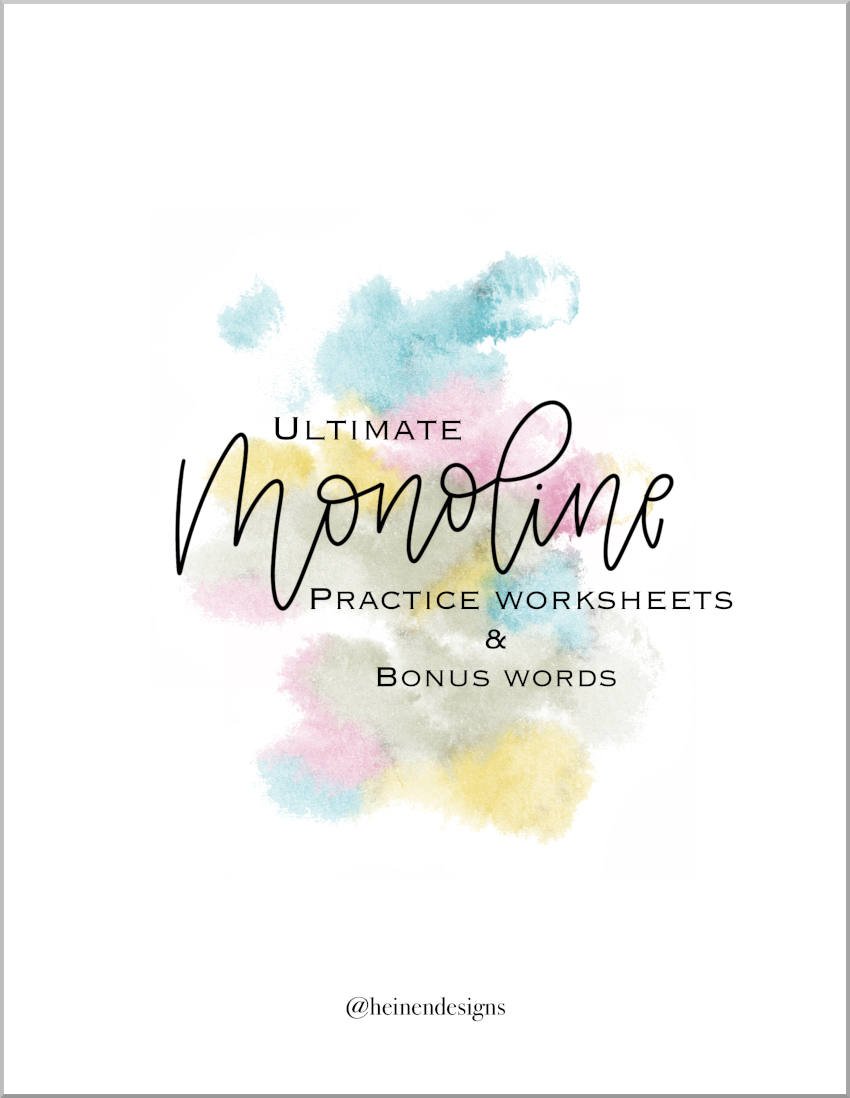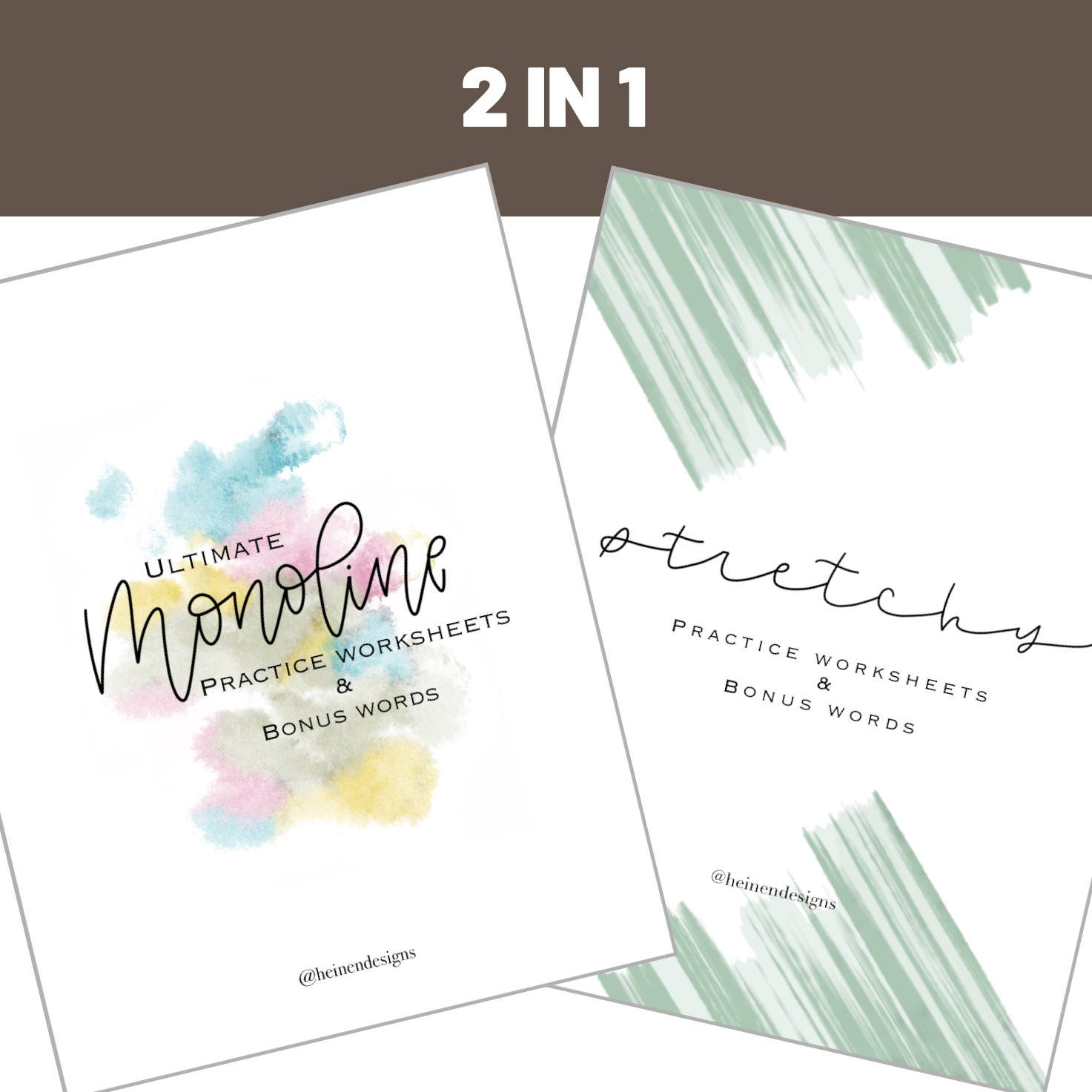12 Real Ways to Make Money with Hand-Lettering
Hand-lettering is more than just a creative outlet — it’s a marketable skill that people are willing to pay for. From personalized art to product design, from wedding signage to digital downloads, hand-lettering artists have more opportunities than ever to turn their passion into profit.
Whether you're just starting out or already lettering every day, this guide will show you 12 real ways to make money with hand-lettering, plus practical tips to help you get started.
Tap to jump to a topic:
Sell Your Lettering as Physical or Digital Products
1. Sell Hand-Lettered Prints & Wall Art
One of the easiest and most popular ways to monetize your lettering is by selling physical or digital prints. Think inspirational quotes, seasonal decor, nursery art, or name signs. You can sell physical prints on platforms like Etsy, at local craft fairs, or directly from your website. If you prefer a lower-overhead model, create high-resolution digital versions that customers can print themselves.
Pro Tip: Use Procreate or scan and vectorize your work to produce clean, print-ready files.
Pros of Selling Hand-Lettered Prints:
Easy to start with existing work
Popular on platforms like Etsy and at local markets
Scalable once designs are created
Cons:
Highly competitive market
Requires quality scanning / digital skills for best results
Can require inventory and shipping (unless digital-only)
2. Hand-Letter Custom Wedding or Event Signage
Weddings, baby showers, and special events need beautiful signage, and hand-lettering adds that perfect personal touch. You can create chalkboard menus, acrylic welcome signs, mirror seating charts, or handwritten place cards. Many lettering artists earn great money focusing just on the wedding market. Partnering with planners or local vendors can get you in front of the right audience.
Pros of Hand-Lettering Custom Signs:
High-profit potential
Clients often willing to pay premium prices
Great for building a local reputation
Cons:
Labor-intensive and time-sensitive
Requires large-format lettering experience
Limited scalability
3. Sell Hand-Lettered Products Like Mugs, Totes, & Apparel
If you love seeing your lettering in everyday life, try product design. You can upload your artwork to print-on-demand (POD) platforms like Printed Mint. Many of these services handle printing, shipping, and most of the customer service for you, leaving you free to create. Popular items include mugs, T-shirts, notebooks, and tote bags featuring clever quotes, illustrations, or affirmations.
Pros of Selling Hand-Lettered Items:
Semi-passive income with print-on-demand platforms
Fun way to see your work “in the wild”
Great for building a lifestyle brand
Cons:
Lower profit margins on some platforms
Market saturation in POD spaces
Requires consistent marketing to stand out
4. Create Digital Downloads & Printable Templates
Create passive income with printable products like quote bundles, daily planners, affirmation cards, or holiday decor. Sell them on Etsy, Pelavida, or your own site. Since customers print these at home, there's no inventory or shipping to worry about. Letterers who niche down (e.g., wedding planning printables, homeschool resources) often find loyal audiences.
Pros:
100% passive after setup
No shipping or inventory needed
Can be bundled or repurposed for recurring revenue
Cons:
Requires digital design and formatting skills
Takes time to create a full product line
SEO or marketing needed to drive traffic
Offer Custom Hand-Lettering Services
5. Do Custom Name Art or Quote Commissions
Personalized gifts are always in demand, especially around holidays, birthdays, and life milestones. You can create made-to-order name art, quotes, or family motto prints. Promote commissions through your social media, or set up a listing on Etsy. All you need is a few sample pieces to get started.
Pros:
Personalized work = higher perceived value
Easy to start with social media promotion
Good practice for client communication
Cons:
One-off income (not passive)
Time-consuming per project
Creative burnout risk if overbooked
6. Start Freelance Lettering for Brands
If you want to work with companies or publications, consider offering custom lettering for logos, packaging, social media graphics, or ads. Brands love the handmade feel of lettering. It stands out in a digital sea of sameness. Start by building a small portfolio with a few mock projects or passion pieces. Post them on Instagram or your own website to attract potential clients.
Pros:
Great exposure and networking potential
Often higher-paying than consumer-focused work
Portfolio-building for long-term growth
Cons:
Competitive and requires a polished portfolio
Inconsistent workflow without marketing or outreach
May involve contract negotiation or deadlines
7. Do Live Event Calligraphy
Live lettering adds a luxe, bespoke feel to events, and you can charge premium rates for it. Offer calligraphy for weddings (envelopes, place cards, vows) or corporate events (custom gifts, brand activations, on-site personalization). Practice with different surfaces — paper, acrylic, fabric, even leather — and promote your services locally or on social media.
Pros:
High-income potential for luxury markets
Great visibility at upscale events
Builds word-of-mouth referrals quickly
Cons:
Can be physically and mentally demanding
Requires travel, setup, and live performance comfort
Seasonal / event-driven demand
Teach & Share Your Lettering Skills
8. Create & Sell Hand-Lettering Workbooks
If you love teaching, package your knowledge into digital or physical workbooks. These could cover brush pen basics, script alphabet drills, composition planning, or niche skills like bounce lettering. You can sell them on Etsy or through your own website. Bonus: They make great lead magnets for your email list or online courses.
Pros:
Great passive income opportunity
Builds authority and brand trust
Pairs well with courses or blogs
Cons:
Time-intensive to design and format
Piracy can be a concern with digital products
Needs ongoing promotion to stay visible
9. Teach Online Classes or Workshops
Platforms like Skillshare, Teachable, and even YouTube are perfect for teaching your lettering techniques. You can film a single in-depth class or create a series that builds over time. Prefer live interaction? Host paid Zoom workshops or partner with a local art store, community center, or church. Teaching helps you build authority and grow your audience while earning income.
Pros:
Scalable income once content is created
Allows for creative freedom in teaching
Builds a loyal student audience
Cons:
Requires camera, editing, and teaching setup
May involve platform fees or commissions
Takes time to build course visibility and reviews
10. Do Private Calligraphy Coaching or Mentorship
If you’ve built experience or have a strong personal style, offer one-on-one sessions to help newer letterers develop their skills or build a business. You can charge hourly or offer package deals. This is especially appealing if you’ve already built a small following. People will pay to learn from someone who’s a few steps ahead of them.
Pros:
High hourly income potential
Deep personal impact on students
Can be done from anywhere
Cons:
Not passive — limited by your availability
Requires strong communication and teaching skills
May need testimonials to build initial trust
Build a Brand or Passive Income Stream
11. Grow a Monetized Lettering-Focused Social Media Channel
Your lettering content can work for you, too. By growing a following on platforms like Instagram, TikTok, or YouTube, you can monetize in a variety of ways: brand sponsorships, affiliate links, digital product sales, or even platform ad revenue. Start by posting consistently. Process videos, tutorials, behind-the-scenes, or before / after transformations do well.
Pros:
Great for community-building and visibility
Opens doors to brand deals and affiliate income
Reuses your practice time as content
Cons:
Requires consistency and long-term strategy
Algorithm changes can impact reach
Monetization takes time to build
Bonus idea: Film your hand while lettering — timelapse videos are social media gold!
12. Start a Hand-Lettering Blog or Newsletter
If you love writing or teaching, turn your lettering passion into content. Start a blog or email newsletter where you share tutorials, product reviews, lettering challenges, or creative prompts. Once you build a reader base, you can monetize with affiliate links, ads, or your own products and services.
Pros:
Builds your audience and email list
Great foundation for selling digital products
SEO traffic can grow passively over time
Cons:
Takes time to write and grow organically
Needs content strategy and keyword research
Monetization may be slower than other methods
How to Get Started (Even if You’re New)
You don’t need a huge following or a flawless portfolio to start making money with hand-lettering. Here’s how to begin:
Pick 1–2 ideas that match your skills and lifestyle. Don’t try to do everything at once.
Create 3–5 sample pieces for your service or product. This is your starter portfolio.
Choose a platform to test the waters: Instagram, Etsy, or a simple landing page works great.
Start sharing your work consistently. Even imperfect posts help build momentum.
Refine and grow as you learn what your audience responds to.


